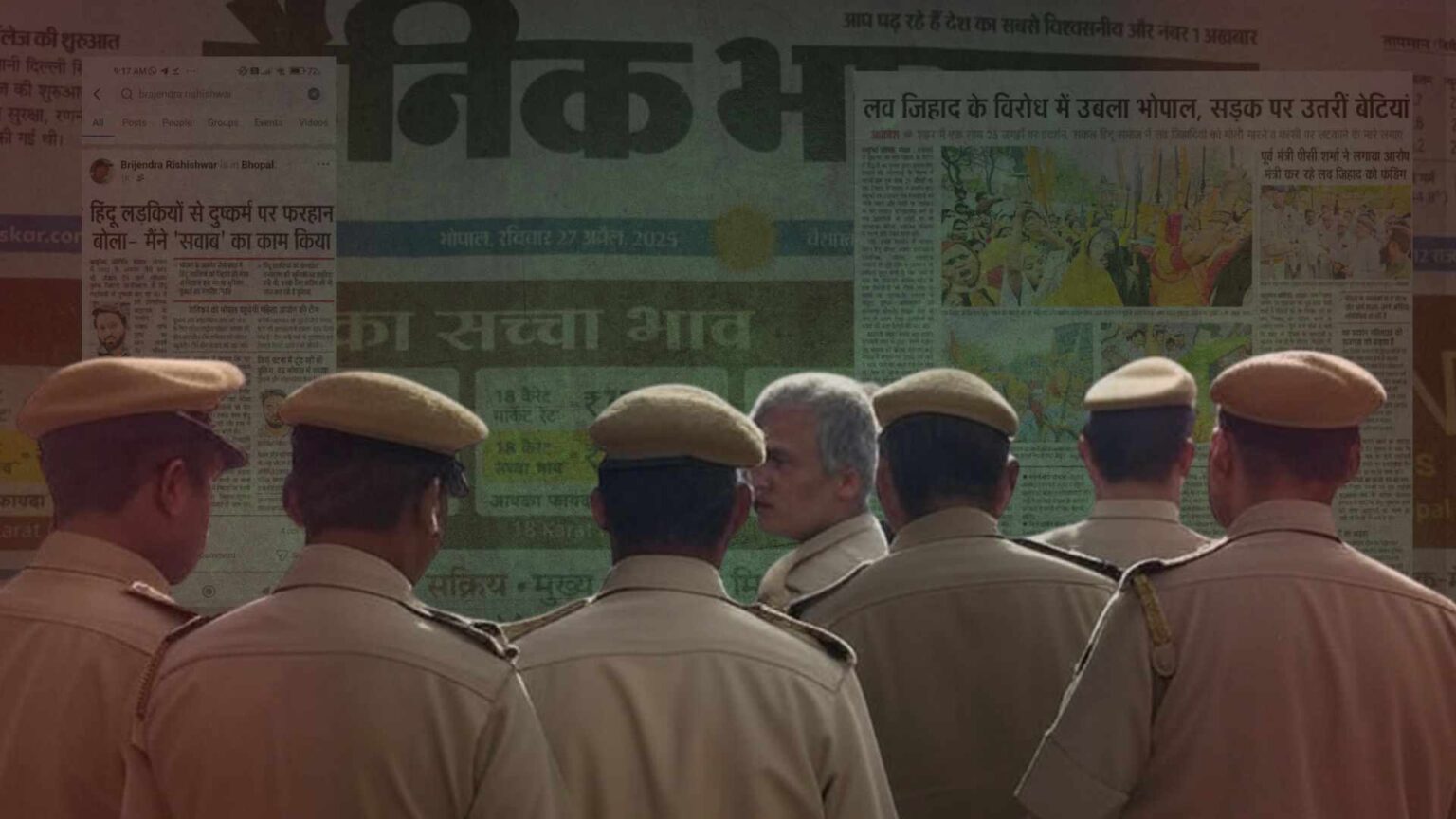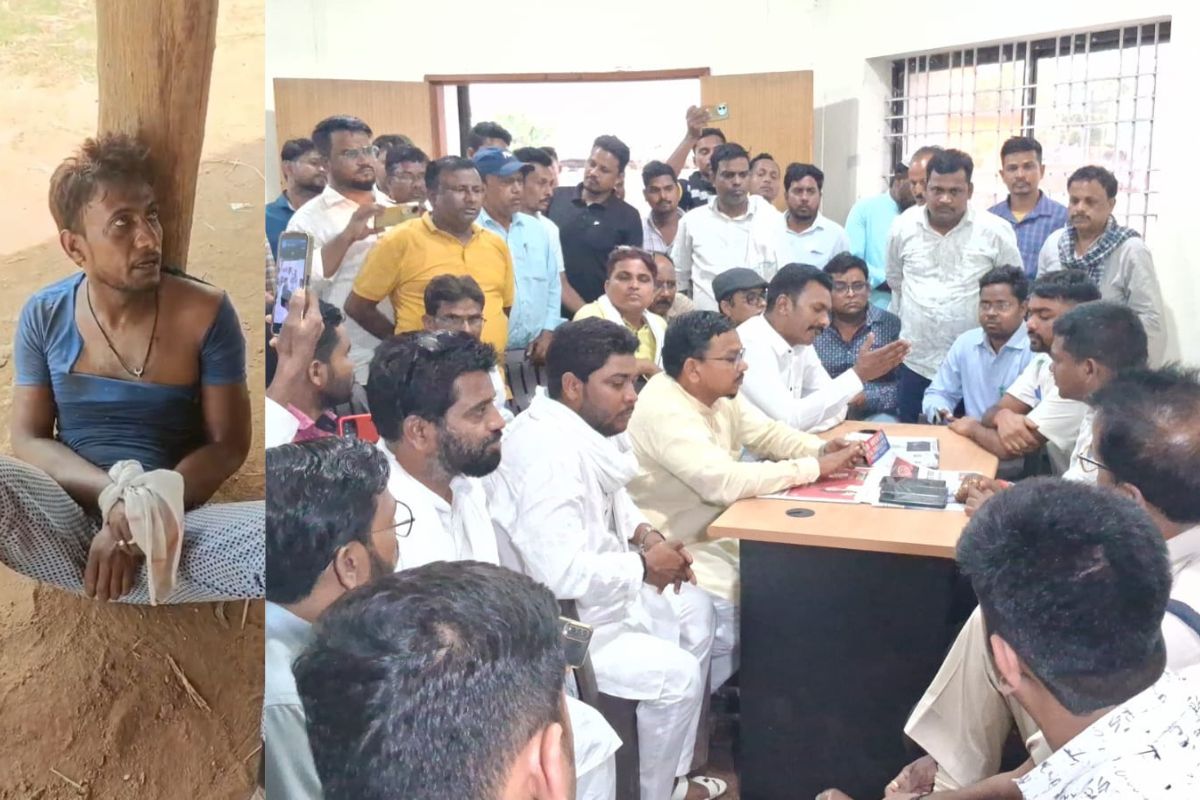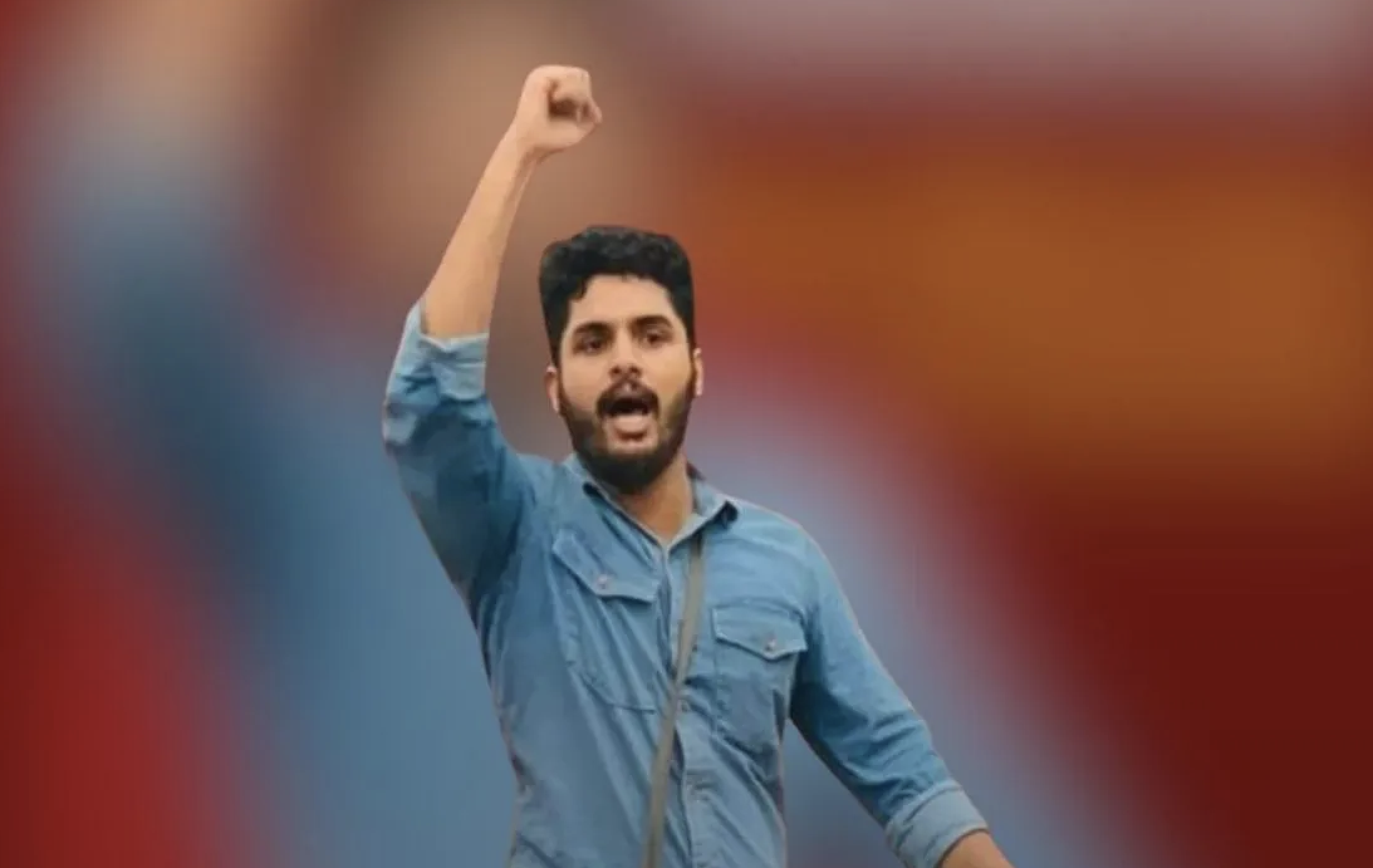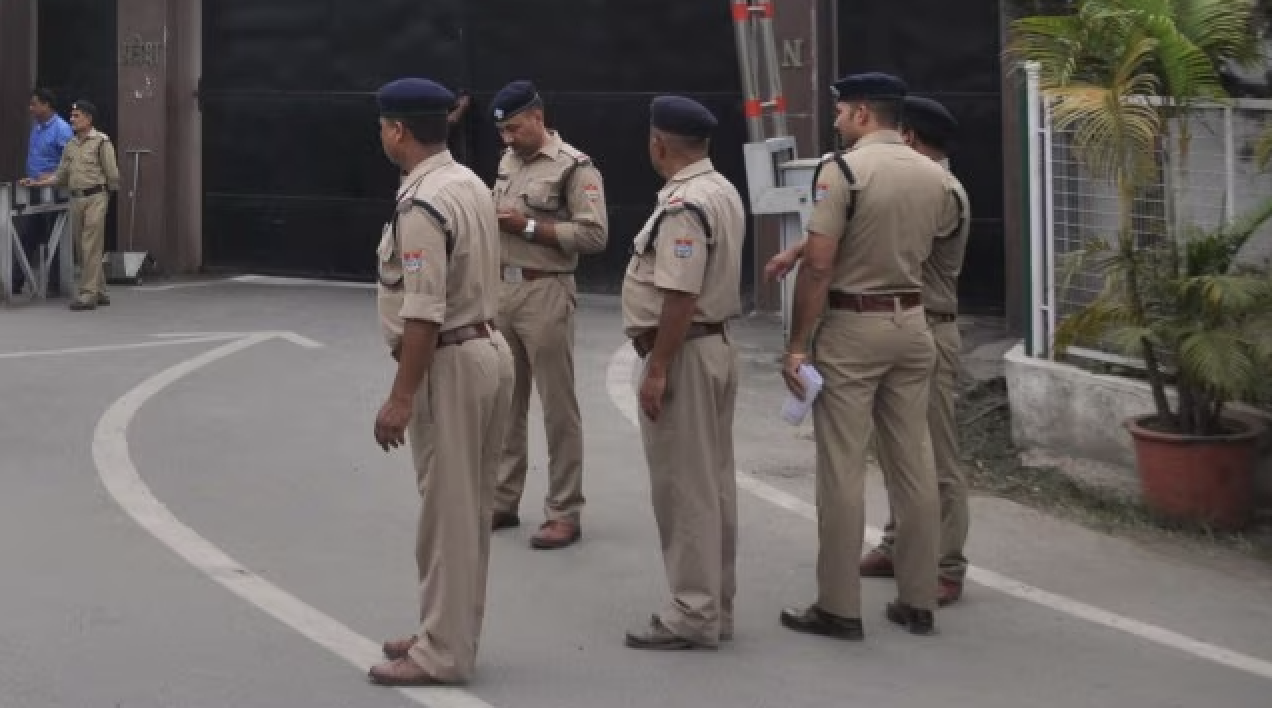
By Suboor Saifi
“Only in India can a riot last for 3 months, where it is sponsored at the behest of the state, nurtured by petty politics, and carried out by the police. Justice is a hazy destination for people who have already lost faith in the institution called, government. They romanticize the trauma and injustice to find solace in the notions of fate and destiny. The 1980 riots of Moradabad behold several accounts of such inhuman monotony, reaffirming nobody really moves on”
Knowing the City of Jigar
Moradabad is a city in western Uttar Pradesh, just 150km away from the National Capital, Delhi. It was founded by Rustam Khan, a Governor in Mughal emperor Shahjahan’s rule, in the 16th century. It is named after Shahjahan’s son Murad Baksh. To give a brief introduction of the history and geographical location of this town is important to understand the demographics that are most often labeled as the biggest reason for any riot. The Moradabad of the 1980s encompassed the neighboring towns of Amroha and Sambhal with similar demographics, which have been recognized as separate districts, now. At the time of the riots, it was just two districts away from where the entire government of India resides. It has the highest percentage of Muslims in the entire province and the trends have been somewhat the same since independence.
Since the British rule, it has been famous for its brass handicrafts and artisanship, which is widely popular around the whole world, making the city an export hub of brass handicrafts, getting the title of “Peetal Nagri” or the “Brass City”. Credits to the flourishing brass export, the city saw an influx of foreign money from the global export of brass handicrafts, way before the economic liberation of 1991. Even though most of the large industries were owned by UC Hindu baniyas, Muslims formed the majority of artisans, which ensured them a stable source of employment, leading to social upliftment and better economic standing as compared to their brethren from any other part of the state. A majority of Muslims in the electoral rolls, lead to the dominance of political parties such as the Muslim League which thrived on extreme religious polarisation, Congress
too had its own considerable vote bank, BJP, fresh out of Jansangh was in the state of political infancy and enjoyed very little support.
Eid of corpses
Just two days before Independence Day, after observing fasts for a month, on 13th August 1980, more than sixty thousand Muslim men congregated in the Eidgah ground and the area surrounding it, to offer the annual congregational prayer of Eid-ul-fitr. The whole area was glistening by thousands of men and children donning white Kurtas, with the air smelling of a concoction of hundreds of itrs. Little did they know, their white clothes will be soaked in their own blood and no itr would be able to eradicate the smell of rotting corpses and gun powder. They sat in horizontal rows to listen to the khutba (Short speech) of the shehr imam before the two rounds of prayer. The entire area was cordoned by armed PAC men and local police, the local administration including the DM and ADM were also present, instilling a sense of safety and assurance among the worshippers. After a while, when the crowd stood up abreast to bow down on the call of the imam, a swine was seen rushing through the lanes of namazis, seeing a profaned animal in Islam, on the praying ground on such a pious day, infuriated the Muslim youth and they asked the policemen positioned there, to stop it, which they refused. This lead to a scuffle between the police and the Muslim youth. Instead of assessing the gravity of the situation, the Police resorted to baton charging on the public, in retaliation, there was brick-batting and alleged firing from the side of the people, which injured the SSP including other policemen. The ADM D P Singh was also injured and later succumbed to the injuries. The police soon started firing indiscriminately at the armless crowd resulting in a stampede, this claimed more than 400 lives on the spot. The festival of love and forgiveness turned into a gory scenery with dead bodies piling over blood-drenched men. This sudden turn of events filled the Muslim population with utmost angst against police and PAC, they marched towards the Galshaheed police station which is around a kilometer away from Iidgah, and torched it, resulting in the death of one constable. Up until now, there was no communal clash, though the local police and the PAC continued attacking the homes of the Muslims.
Mohd Saleem, whose family owned a grocery store in front of the Galshaheed police station narrated to HCG “ They (Police) claimed that the kerosene used to torch the thana was procured from our store, they barged into our home, where only my mother was present, who was later found dead, apparently shot by some “anonymous” men”
He tells “ the condition was so grim and dreadful, that her body rotted in our courtyard for three days and we could not muster courage to complete her last rites, what a shame to see one’s own mother like that” Saleem, 68 who now runs a successful business, breaks down remembering the time of complete helplessness and apathy.
The mayhem ensued
After taking note of the situation, the central government decided to depute BSF in the city to extinguish the fire of violence spreading throughout the city. The central forces reached the city the next day, but could not successfully stop rioting because of the uncooperative behavior of the local police and administration which had turned completely anti- muslim.
The atrocities meted out by the Muslims of Moradabad at the hand of PAC is narrated by Tariq Farooqi, who was a teenager back then, in an article for the first post, Farooqi came to Moradabad with his brother in law who was a BSF commandant and witnessed the gruesome act of mass violence which still haunts him to date. He narrates, “I saw the white beard of an old Muslim man reddened with blood oozing out of his head and facial injuries. But PAC men were still not satisfied. One of them pulled his blood-drenched beard with full force. Unable to bear the pain the old man lost consciousness.”
Farooqi’s account is one of the many extremely unpleasant experiences etched in the memories of the people, which are timely voiced out during mundane discussions in the city, the impact can be judged by the fact that everyone has something to tell and, the chronology of the events of their lives is still fixated at 1980.
For a week, there were continuous deadly clashes between the Muslims and the police. The police refrained from going into the narrow lanes of the mohallas where Muslims resided, while attacked isolated Muslim houses in Hindu localities. Later to communalize the whole situation and put a facade on their own misdoings, the Police connived with anti-social elements who were particularly from Dalit Hindu communities. These rioters marched through the Muslim mohallas, attacked, looted the Muslim shops and went completely berserk under the protection of the Police. This further aggravated the situation as the rioting has now turned communal, this led to bloodshed of both Muslims and Hindus, spreading the violence to nearby towns of Sambhal and Amroha, even some villages which were considered immune to such barbaric actions burned in the fire of communal disharmony.
The riots started with the targeted genocide of Muslims by the Police on 12th August 1980 and had turned into an ugly communal melee by November 1980. When rioting stopped and life began turning to the newly formed notion of normalcy, by the time, claiming more than 2500 lives, mostly Muslims. Only in India can a riot last for 3 months, where it is sponsored at the behest of the state, nurtured by petty politics, carried out by the police. Justice is a hazy destination for people who have already lost faith in the institution called, government. They romanticise the trauma and injustice to find solace in the notions of faith and destiny.
Blood stains on brass
The then Prime Minister Ms. Indira Gandhi started her Independence Day speech from Red fort with the mention of riots in Moradabad, she later visited the affected areas along with the then CM of Uttar pradesh V P singh. Several theories were put forward according to the individual comfort and benefit of people with vested interests, for the riots. Foreign elements, political rivalry, and what not. Syed Shahbuddin who was the MP from Hyderabad compared it with the Jalianwalabagh massacre of 1919. To counter the narrative of brick batting and firing by the crowd targeting the police,he put forward the following arguments-
1. No firearms were seen coming into the Eidgah
2. No spent cartridges were found
3. No policeman received any bullet or pellet injury
4. No building opposite the Eidgah has any bullet marks
5. No firearms were left behind, despite the stampede
6. If the provocateurs were armed, why should they have been brick- batted?”
With rioting continuing for months, the brass industry which formed the backbone of Moradabad’s economy was severely affected as orders from foreign countries could not be fulfilled, and hence were diverted to other countries, the industry could never really recover. There was no special economic package announced to aid the artisans who were rendered jobless. A petty sum was disbursed to the families of people who died, the official figure could only count 400 dead people, while in real more than 2500 people were mercilessly killed. Justice Saxena panel was constituted to prepare a report on the entire fiasco. Justice Saxena’s report discharged the political parties of any involvement and simply put the blame on few Muslim leaders for inciting the crowd. Even after 40 years of the dreadful events, the state fails to identify the perpetrators who mercilessly butchered more than 2500 people, some of them were buried unnamed in the Idgah from where it all started, while a few were burned near the Ramganga river flowing along with the city. The families won’t ever get closure, the social fabric would never be disentangled. Only, the perpetrators got to roam freely and, alive.
Recollecting the past
BJP leader and external affairs minister MJ Akbar, who was a young journalist at that time, reported from Moradabad. He wrote in his book Riot after Riot: “Moradabad was a case of police brutality, pure and simple. The forces of law and order unleashed their fury on thousands of Muslims who had come to offer prayers on their day of joy and celebration. Hundreds, including many children, died in the massacre and stampede. Hundreds more were critically injured. For them, death came slowly.
Men of the Provincial Armed Constabulary opened fire on about 40,000 Muslims while they were at Eid prayers. No one knows exactly how many people died. What is known is that the incident at Moradabad was not a Hindu-Muslim riot but a calculated cold-blooded
massacre of Muslims by a rabidly communal police force which tried to cover up its genocide by making it out to be a Hindu-Muslim riot’
Everyone including the media and the major political parties failed in recognizing it as a genocide started by the Police, facilitated by the state. It was Congress, which now claims to be the baton bearer of secularism and minority rights in India, that was in power in the state as well as the center, exposing the rotten beliefs of the party and its members, who don’t seem to get over the savior complex instilled within them, who see minorities as mere vote banks. It is the wrongdoing and irresponsible policymaking and implementation by the government in the past, especially the Congress that Muslims are stuck in a binary of choosing a lesser evil when it comes to elections. The riots in the past, atrocities, and the systematic suppression, that weakened the entire social structure of a society, which in spite of being in huge numbers fails to get fairly represented.
This story first appeared on muslimmirror.com






